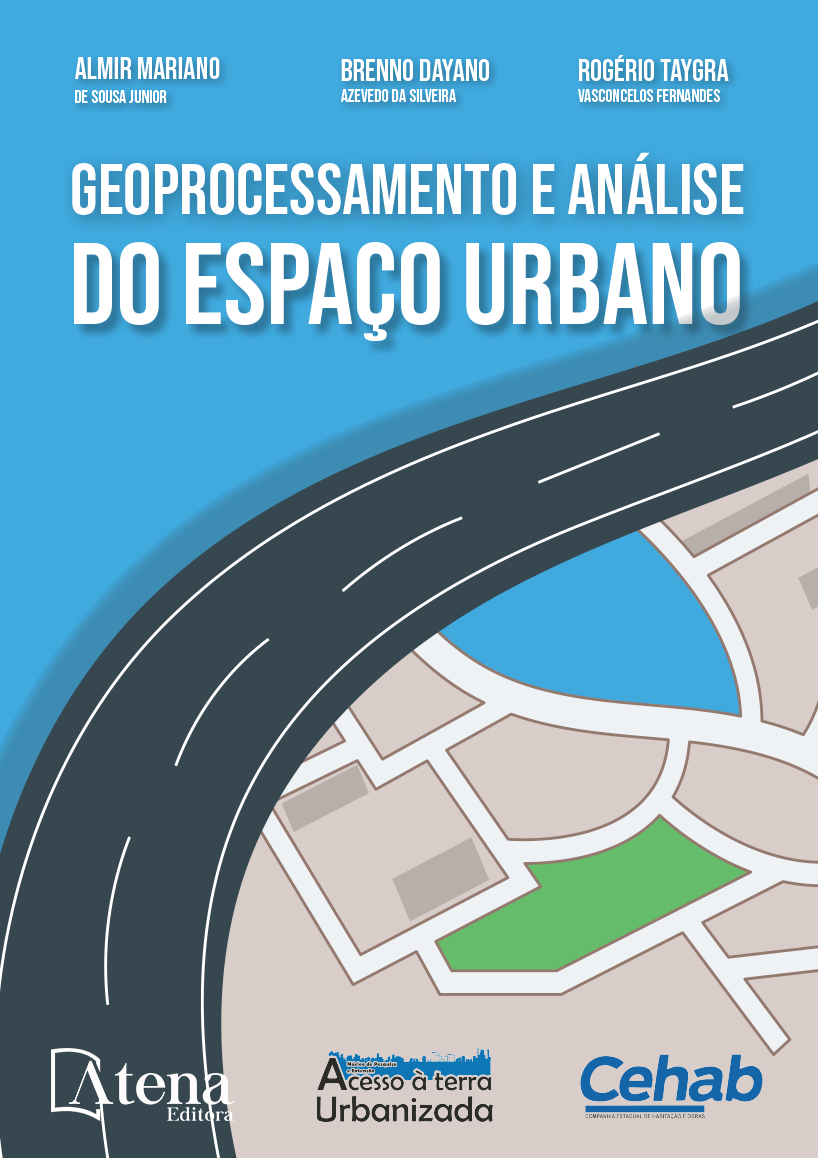
MAPEAMENTO DE ÁREAS COM RISCO DE INUNDAÇÕES EM UM COJUNTO HABITACIONAL NO RIO GRANDE DO NORTE
O processo de urbanização brasileira, iniciado em meados do século XX, promoveu um aumento significativo na taxa de adensamento urbano. A distribuição populacional na malha urbana praticamente sem infraestrutura básica, afetou diretamente o sistema de drenagem natural de águas pluviais. A impermeabilização reduziu a infiltração de água do solo e modificou o seu ciclo hidrológico, gerando problemas urbanos como o alagamento. O mapeamento de áreas urbanas que sofrem com a defasagem do sistema de drenagem pode auxiliar no desempenho da gestão pública. Dessa maneira esse trabalho tem como objetivo identificar por meio de técnicas de geoprocessamento associadas à levantamentos topográficos, áreas suscetíveis a alagamentos oriundos de águas pluviais no conjunto habitacional Nova Natal, localizado no município de Natal-RN. Para realização do trabalho, foram utilizados dados de levantamentos topográficos georreferenciados, juntamente com imagens orto-referenciadas provenientes de sensoriamento remoto, dados de visitas de campo, pesquisas históricas e o software de geoprocessamento QGIS. Dessa maneira, observou-se que nova natal possui aproximadamente 0.2615 quilômetros quadrados de áreas com alta suscetibilidade a inundação, 0,4049 quilômetros quadrados de áreas com média suscetibilidade a inundação e 0,6357 quilômetros quadrados com baixa suscetibilidade. Portanto, aponta-se que a modelagem de informações espaciais associada a dados topográficos se mostrou uma alternativa viável para identificação de áreas com risco de inundações.
MAPEAMENTO DE ÁREAS COM RISCO DE INUNDAÇÕES EM UM COJUNTO HABITACIONAL NO RIO GRANDE DO NORTE
-
DOI: 10.22533/at.ed.1312029049
-
Palavras-chave: Geotecnologias; Sensoriamento remoto; Levantamentos topográficos.
-
Keywords: Geotechnologies; Remote sensing; Topographic surveys.
-
Abstract:
The Brazilian urbanization process, which started in the middle of the 20th century, promoted a significant increase in the rate of urban density. The population distribution in the urban network with practically no basic infrastructure, directly affected the natural drainage system of rainwater. The waterproofing reduced the infiltration of water from the soil and modified its hydrological cycle, creating urban problems such as flooding. The mapping of urban areas that suffer from a drainage system lag can help the performance of public management. Thus, this work aims to identify, through geoprocessing techniques associated with topographic surveys, areas susceptible to flooding from rainwater in the Nova Natal housing complex, located in the city of Natal-RN. To carry out the work, data from georeferenced topographic surveys were used, together with ortho-referenced images from remote sensing, data from field visits, historical surveys and the QGIS geoprocessing software. Thus, it was observed that nova natal has approximately 0.2615 square kilometers of areas with high susceptibility to flooding, 0.4049 square kilometers of areas with medium susceptibility to flooding and 0.6357 square kilometers with low susceptibility. Therefore, it is pointed out that the modeling of spatial information associated with topographic data proved to be a viable alternative for identifying areas at risk of flooding.
-
Número de páginas: 10
- JOSÉ PAIVA LOPES NETO
- CAIO ÁLISSON DINIZ DA SILVA
- BRENNO DAYANO AZEVEDO DA SILVEIRA
- ALMIR MARIANO DE SOUSA JUNIOR
- ROGÉRIO TAYGRA VASCONCELOS FERNANDES


